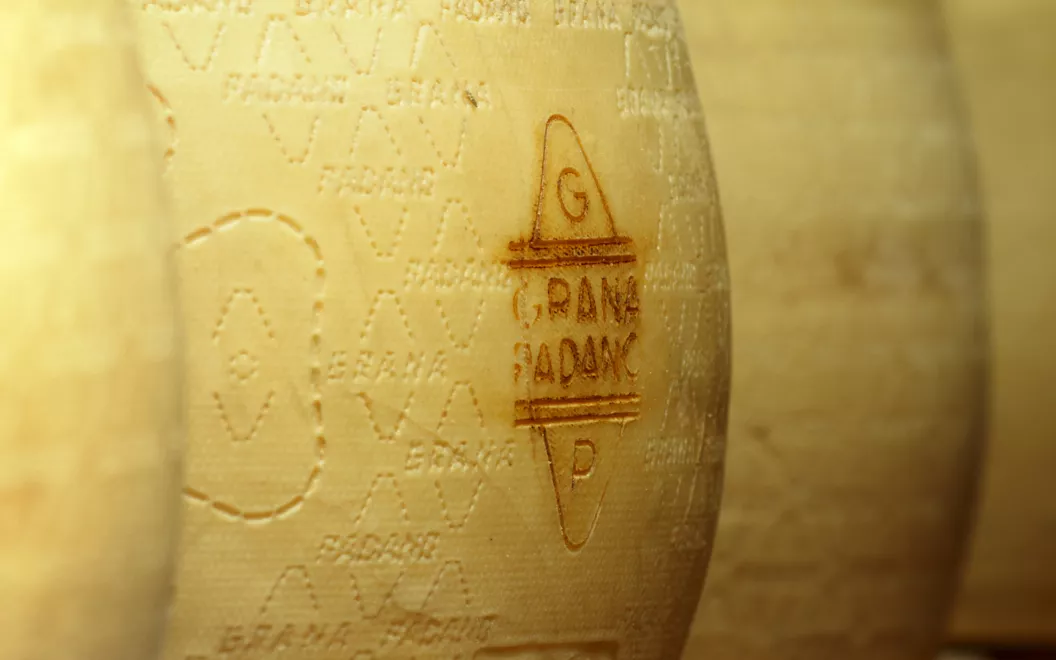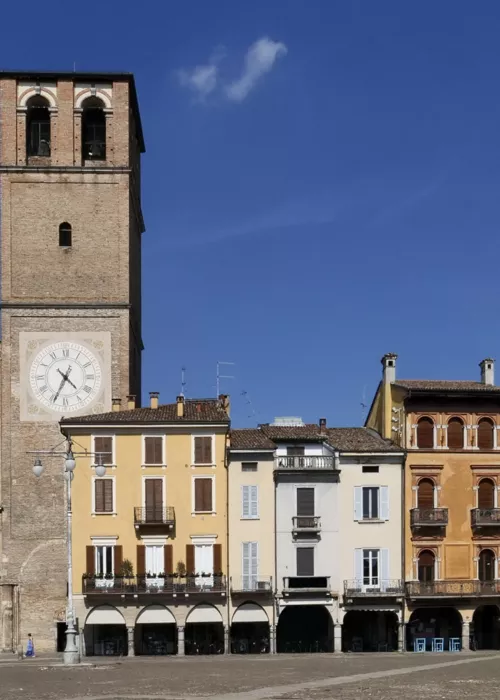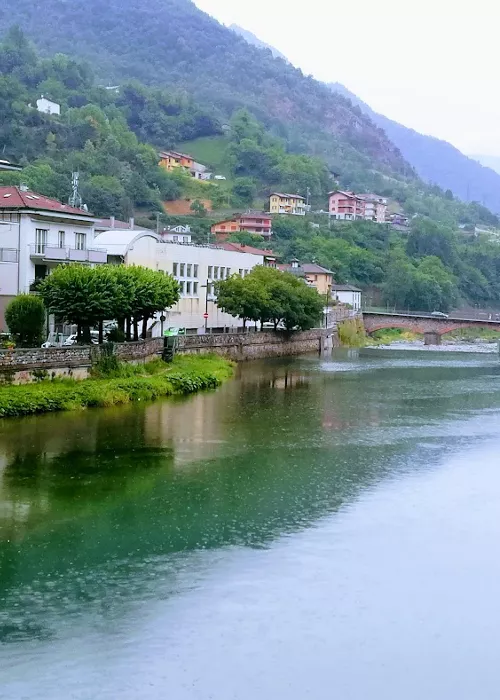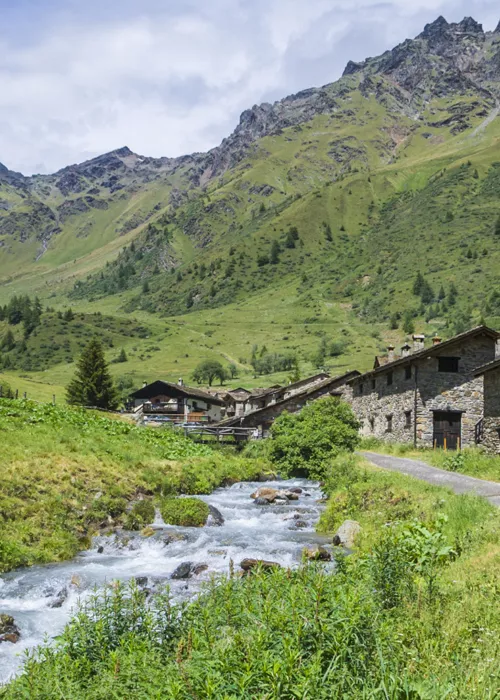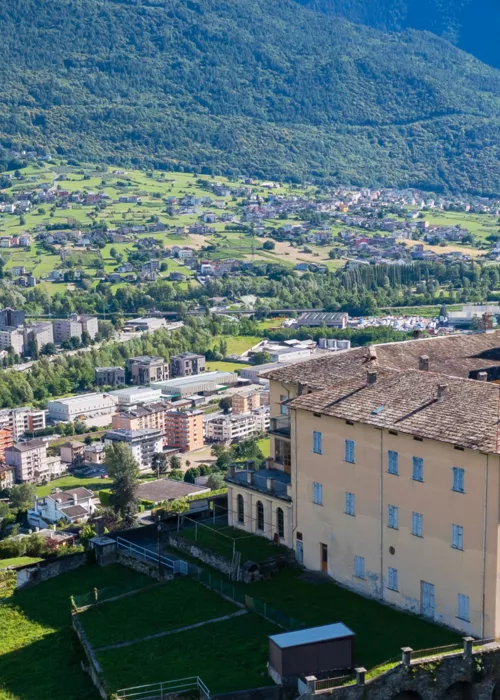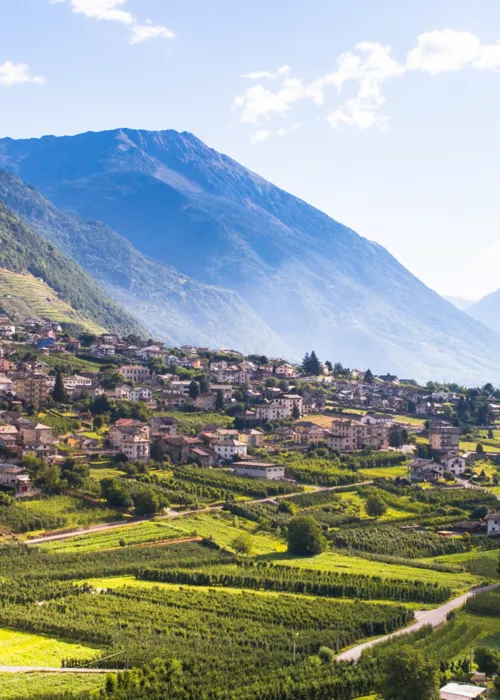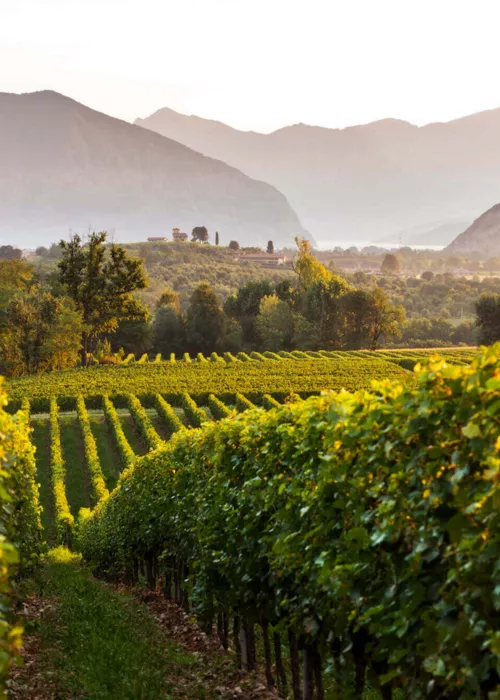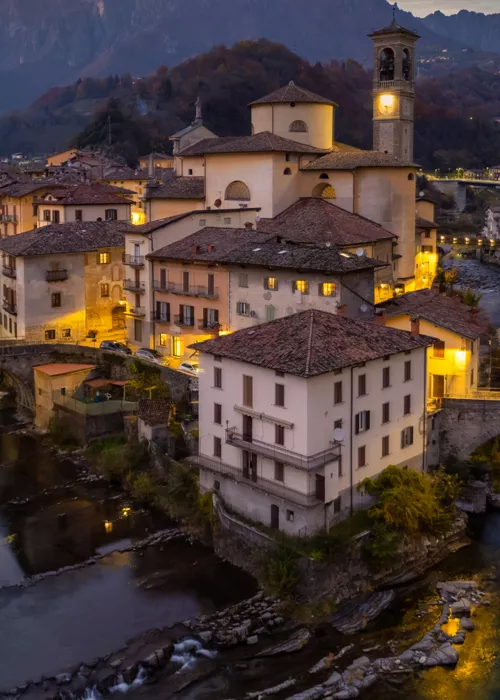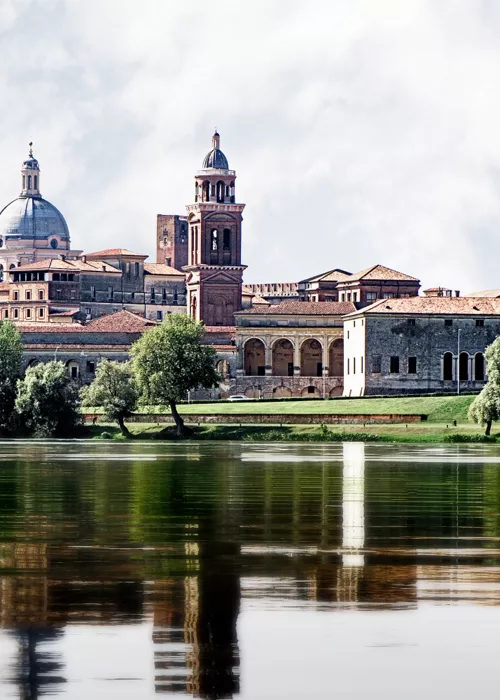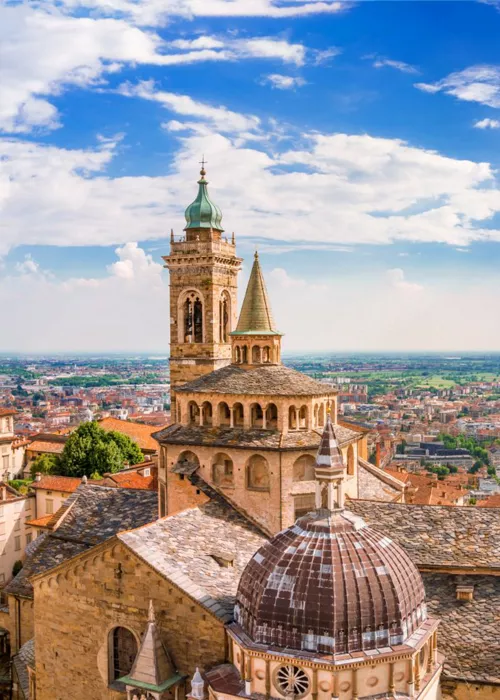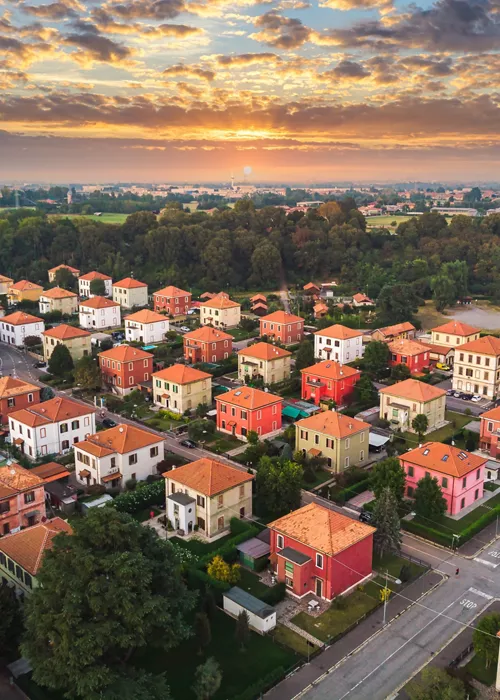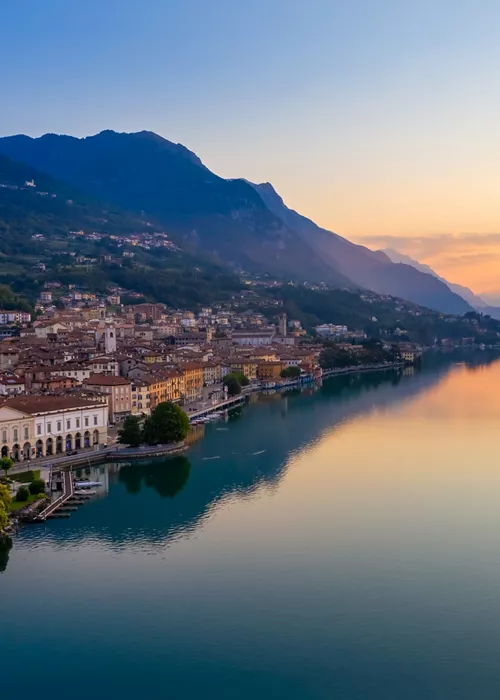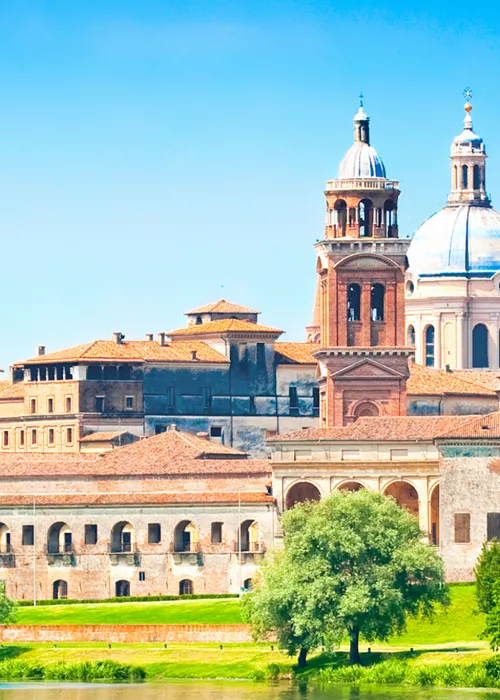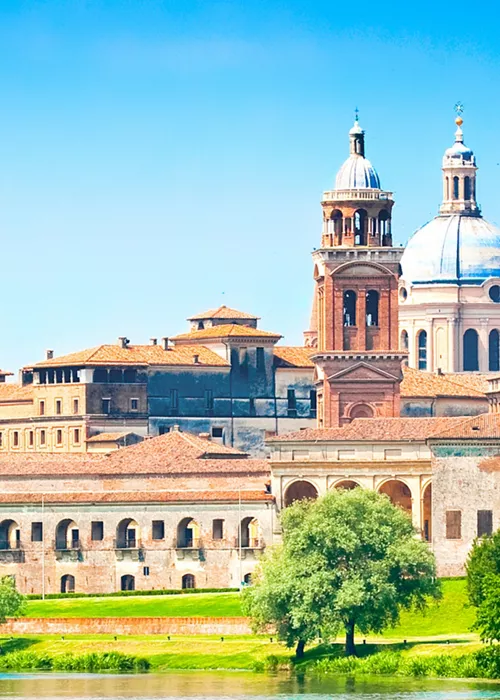Turismo gastronomico: itinerario alla scoperta dei formaggi della Lombardia
3 minuti

Questi itinerari, così come le sagre, sono perfetti per partire alla scoperta dei formaggi della Lombardia.
In quest’area hanno, infatti, origine alcuni dei prodotti caseari più famosi d’Italia, conosciuti anche all’estero. Vediamo insieme quali.
L’area della pianura lombarda
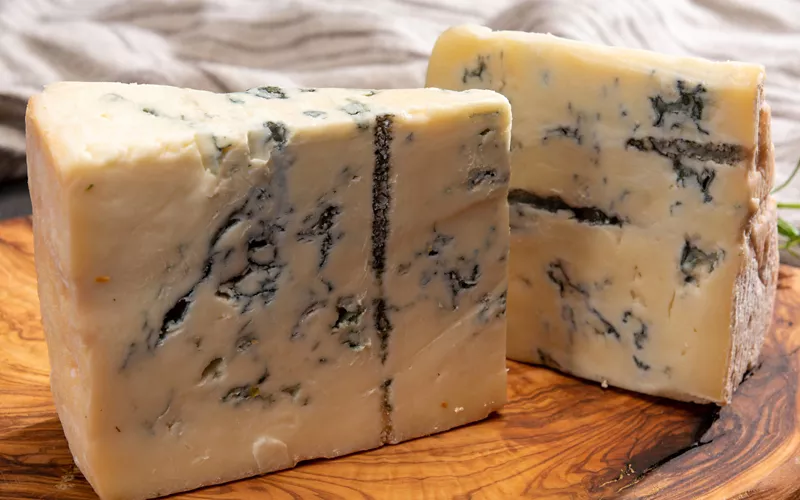
Nella porzione di pianura del pianalto padano si producono formaggi molto diffusi e noti, come il Grana Padano DOP, a pasta dura e cotta, sottoposto a una lenta maturazione naturale, e il Gorgonzola, a pasta cruda, di colore bianco paglierino. Entrambi sono molto utilizzati per la preparazione delle ricette locali.
Meno conosciuti e più particolari sono il Bella Lodi, dalla crosta nera, originato dal Granone Lodigiano, capostipite di tutti i formaggi grana, e servito il più delle volte come raspadura, ovvero in sfoglie sottilissime, raschiate con uno specifico coltello.
Poi c’è il Salva Cremasco, formaggio vaccino da tavola a pasta cruda e a crosta lavata, così chiamato perché nato per “salvare” il latte primaverile in eccesso. Insieme al Taleggio, dalla tipica forma di parallelepipedo, e al Provolone Valpadana, a pasta filata e di forma sferica o a tronco di cono, è tutelato dall’Associazione Alti Formaggi.
Provate anche il Pannerone di Lodi, formaggio grasso di latte bovino intero, privo di salatura e presidio Slow Food, prodotto in via esclusiva dal Caseificio Carena.
L’area della montagna
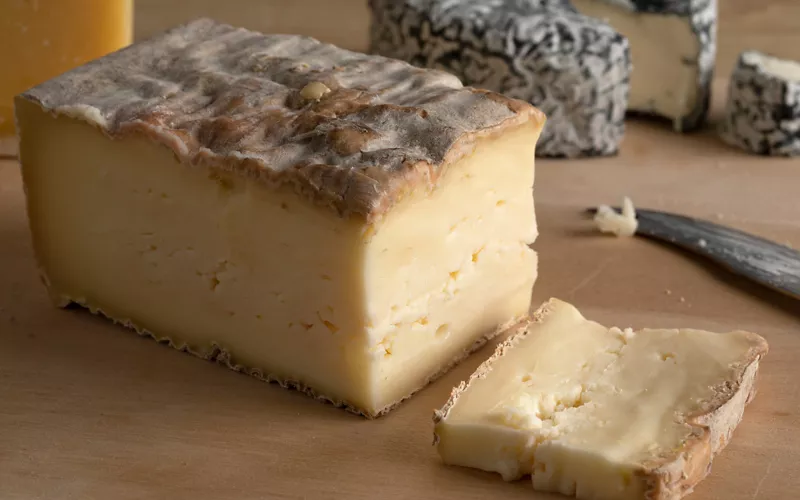
I prodotti tipici della Lombardia dell’area montana in fatto di formaggi DOP sono davvero numerosissimi, dal momento che ogni valle, borgo e malga ha le proprie tipicità.
La Val Brembana è particolarmente fruttuosa: qui troverete il Taleggio, dal sapore dolce e burroso. Assaggiatelo nelle sue varie declinazioni, partecipando alla sagra di cui è protagonista.
Molto utilizzati nella cucina tradizionale sono anche il Formai de Mut DOP, a pasta semicotta, e il Branzi, a pasta semidura o dura, perfetti se abbinati alla polenta taragna.
Dal latte delle “vacche stanche”, nelle soste durante la transumanza, ecco provenire lo Stracchino all'antica delle Valli Orobiche, così chiamato proprio perché il termine “stracc” significa “stanco”. È un presidio Slow Food, così come pure l’Agrì di Valtorta, formaggio morbido di latte intero di vacca appena munto. A produrlo, con i suoi 12 allevatori, è esclusivamente la cooperativa locale, inserita nel progetto Arca del Gusto, che tutela anche altri due formaggi della valle: lo Strachitunt DOP, erborinato e di forma cilindrica, e il Fiurì di Valtorta, conosciuto ai più come “fiore di ricotta”, perché ricavato dagli scarti di lavorazione del latticino in questione.
I formaggi delle province e dei Laghi
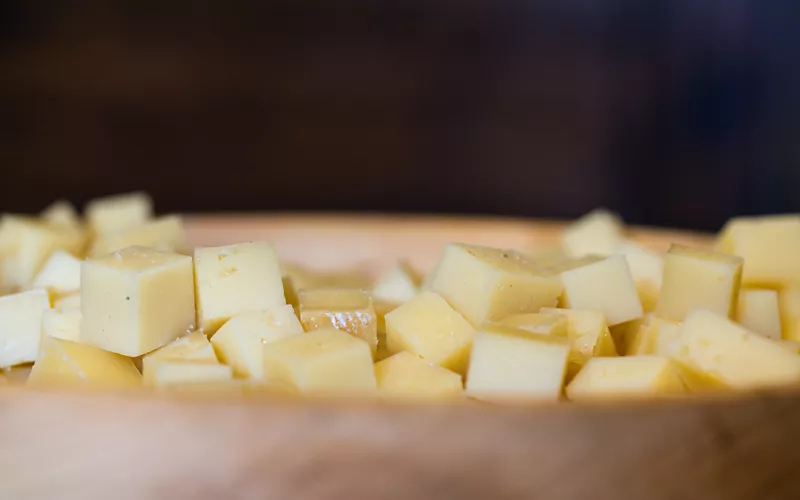
Anche le province della Lombardia sono grandi produttrici di formaggi.
Visitando quella di Brescia, potrete mangiare il Bagoss, realizzato nel comune di Bagolino. Noto come “formaggio che piange”, per il rumore che produce quando è tagliato, questo formaggio semigrasso a latte crudo e a pasta extra dura è reso unico dall’aggiunta dello zafferano durante la lavorazione.
Della Val Saviore è, invece, il Fatulì, di origini antichissime. Letteralmente “piccolo pezzo”, è un caprino molto particolare e raro, realizzato con il latte crudo di una razza tipica della zona, la capra bionda dell’Adamello.
Da gustare anche il Silter della Val Camonica, che eredita la denominazione dal luogo in cui avviene la sua stagionatura.
Tra il Lago d’Idro e quello di Garda è un monte, invece, a dare il nome a un’altra specialità: il Tombea, prodotto unicamente in una malga, in provincia di Brescia, dal latte di vacca di razza Bruna.
Spostandovi nella provincia di Sondrio, in Valtellina, giungerete nella patria del Bitto Storico, non solo tra i simboli dell’intera produzione casearia lombarda, ma ingrediente irrinunciabile per la preparazione dei Pizzoccheri, pasta preparata con farina di grano saraceno, miscelato ad altri farinacei.
Meno noti, ma non per questo meno buoni, sono, il Matusc e lo Scimudin. Il primo, antichissimo, era il formaggio povero del contadino, prodotto con latte magro scremato e realizzato nei periodi di transumanza; il secondo, caprino “fatto in casa” in quantità ridotte, ha un gusto dolce e cremoso ed è perfetto con una goccia di miele millefiori o con confettura di zucca e pistacchi.

